Sodium ion vs Lithium Ion Battery - Are Sodium Batteries Better?
Recently, the news of "Sodium-ion battery" (Sodium-ion battery) has come into our field of vision again, setting off another wave of a craze in the battery industry. Some people say that sodium batteries will be the hope of the future, while others say that this is a technology scam. What is going on? Will sodium batteries replace existing lithium-ion and lithium polymer batteries? Today, I will explain to you why.
What is a sodium-ion battery?
In fact, as early as the 1980s, research on sodium-ion batteries had already begun. The electrode materials designed and developed in the early days, such as MoS2, TiS2, and NaxMO2, have poor electrochemical performance, and their development is very slow.
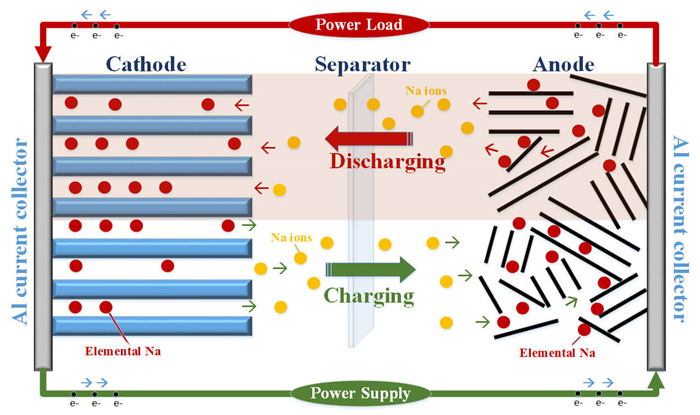
Schematic representation of a Na-ion battery cell (Source:Internet)
This schematic illustrates the functioning of sodium-ion batteries. The high cost and scarcity of lithium are driving research to develop alternatives to lithium-ion batteries, especially to meet future needs in energy storage. One potential alternative is sodium-ion batteries. (Purdue University image/Vilas Pol)
A sodium-ion battery is a kind of secondary battery (rechargeable battery), which mainly relies on the movement of sodium ions between the positive and negative electrodes to work, similar to the working principle of lithium-ion batteries. As I just said, neither sodium batteries nor lithium batteries have been discovered in the past two years. It can be said that these two batteries were equally popular in the 1980s, but due to various reasons, sodium batteries have faded out. To improve people's vision. In the periodic table of the elements, sodium and lithium are the closest metal elements of the same group, and their chemical properties are very similar. The number of electrons used in the outermost layer of the battery is exactly the same. The carrying capacity of lithium-ion batteries and sodium-ion batteries in charge and discharge reactions are also consistent.
Why did "sodium batteries" disappear from direct sales? Is it because the technology is immature? In fact, it is not. The technical principles of sodium batteries have long been mature and a complete system was formed at that time. Both of these two battery technologies use metal ions as charge carriers. In this transfer process, the charge carries the metal ions and is transferred between the positive electrode and the negative electrode to realize the charge and discharge of the battery. From the point of view of the transmission efficiency of the two, since the amount of electricity carried in the charge and discharge reaction is the same, the transmission efficiency is also the same.
Advantages of sodium batteries
The electrode material used in sodium-ion batteries is mainly sodium salt, which is more abundant and cheaper than lithium. Since sodium-ions are larger than lithium-ions, sodium-ion batteries are a cost-effective alternative when weight and energy density are not high requirements. Compared with lithium-ion batteries, sodium-ion batteries have the following advantages:
1.The sodium salt raw material reserves are abundant and the price is low. Compared with the ternary cathode material of lithium-ion battery, the iron-manganese-nickel-based cathode material is used, and the raw material cost is reduced by half;
2.Due to the characteristics of sodium salt, it is allowed to use low-concentration electrolyte (with the same concentration of electrolyte, the conductivity of sodium salt is about 20% higher than that of lithium electrolyte) to reduce costs;
3.sodium-ions do not form an alloy with aluminum, and aluminum foil can be used as the current collector for the negative electrode, which can further reduce the cost by about 8% and reduce the weight by about 10%;
4.Since the sodium-ion battery has no over-discharge characteristics, the sodium-ion battery is allowed to discharge to zero volts. The energy density of sodium-ion batteries is greater than 100Wh/kg, which is comparable to lithium iron phosphate batteries, but its cost advantage is obvious, and it is expected to replace traditional lead-acid batteries in large-scale energy storage.
At present, one of the main cost sources of new energy vehicles is the battery. The several advantages of sodium-ion batteries are related to cost. It can be seen that it is expected to reduce the overall cost of new energy vehicles in the future, but its disadvantages are also very obvious: low energy density
Energy density: sodium battery vs lithium battery
In terms of the volume and mass of sodium-ions and lithium-ions, under the same weight, the volume of sodium is more than three times that of lithium, that is to say, the diameter of sodium-ions is larger and the energy density is much lower than that of lithium batteries. From the data we have seen on the Internet, the energy density of current sodium-ion batteries is about 80~100Wh/kg. In 2017, a 150Wh/kg sodium-ion battery was developed. Recently, various space compression schemes have been used, and the hybrid design of series and parallel integration of sodium and lithium batteries for new energy vehicle schemes has successfully rescued the energy density of the battery to about 160Wh/kg. To be honest, it can be compared with phosphoric acid. Lithium iron phosphate battery (LiFePO4) is comparable and is expected to replace the lead-acid battery market in the field of energy storage. Nevertheless, lithium-ion batteries can have a higher energy density than sodium-ion batteries and are smaller and lighter. This is where sodium batteries are inherently inferior to lithium batteries.
Advantages of lithium-polymer battery
Energy Density
In contrast, Grepow's Lithium Polymer battery has reached a single energy density of 268Wh/kg, and its ternary lithium battery (NMC811) has reached 275Wh/kg. The number of times reached the level of 500 times.
Ultra-fast charging technology
In terms of technological breakthroughs in sodium batteries, in terms of charging, sodium-ion batteries can be charged to more than 80% in only 15 minutes at room temperature. With the current Grepow's lithium battery technology, the polymer lithium battery can also reach an ultra-fast charging level of up to 5C, which is not the same as the charging time of the sodium battery, and the high-rate lithium iron phosphate battery can be charged in about 20 minutes. More than 80% is not a problem at all.
Degree of freedom of shape
In addition, the polymer lithium battery made by the soft pack lamination process has advantages in weight, shape, and size. For example, the shape can be made into various shapes. It is also called a "shaped battery".
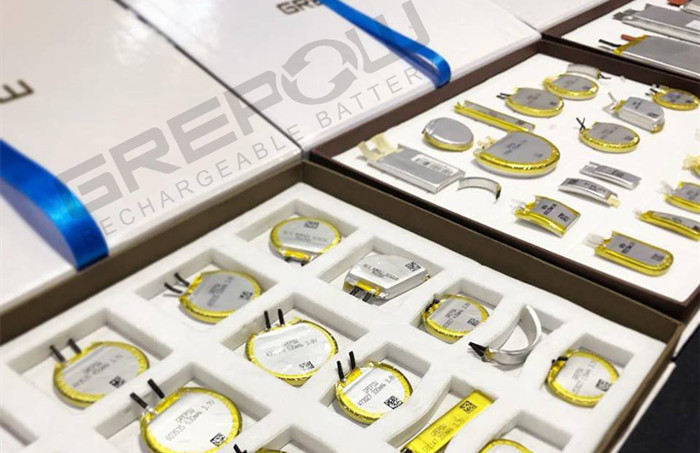
GREPOW shaped batteries
Judging from the current market situation, the actual application of sodium batteries is far inferior to lithium batteries, and due to the market orientation, sodium batteries lag behind lithium batteries and lack a mature industrial chain. The initial cost is much higher than that of lithium batteries.
Conclusion
In contrast to these advantages and disadvantages, sodium batteries do have a huge market, and with the popularity of new energy vehicles and energy storage industries, they are expected to replace the traditional lead-acid battery market. The prices of cobalt, nickel, and lithium carbonate are constantly increasing. Under the rising market conditions, sodium salt can be said to be a big advantage. But we cannot reject the characteristics and advantages of lithium batteries. At least in the next 30 to 50 years, lithium batteries may still be one of the mainstream batteries in drones, smart wearables, medical and industrial industries. If you have other comments or suggestions, please leave a message at info@grepow.com or directly send a message to us online (www.grepow.com)!
Related Articles
-
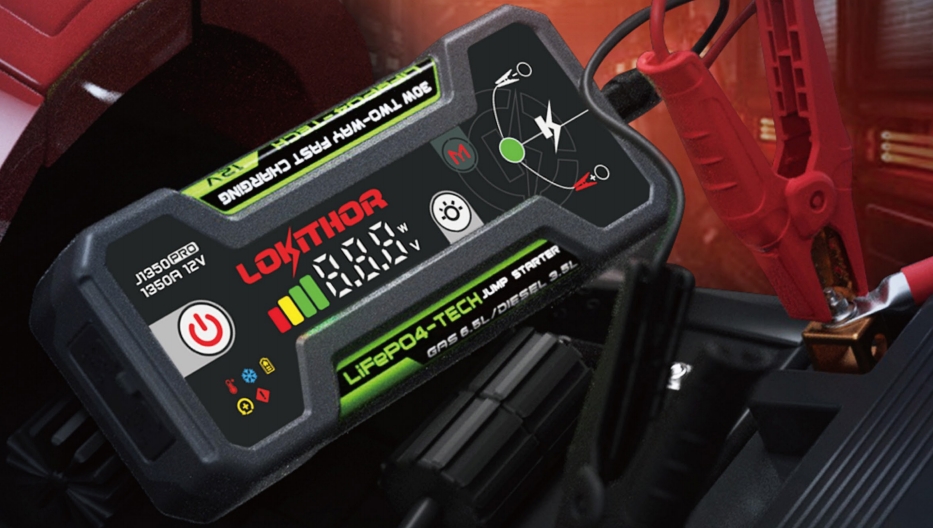
The Ultimate Guide to Grepow Jump Starter
2025-03-27 -
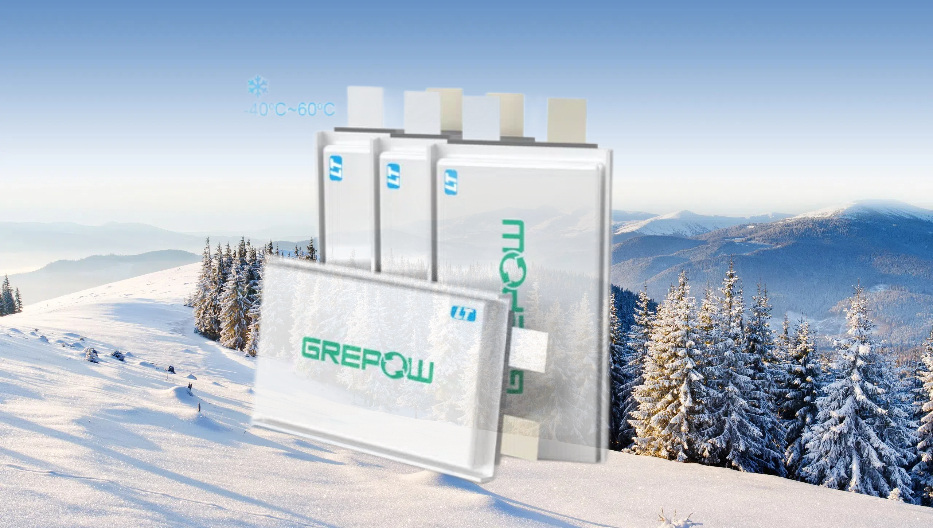
How to Choose Lithium Batteries for Cold Weather?
2024-09-19 -
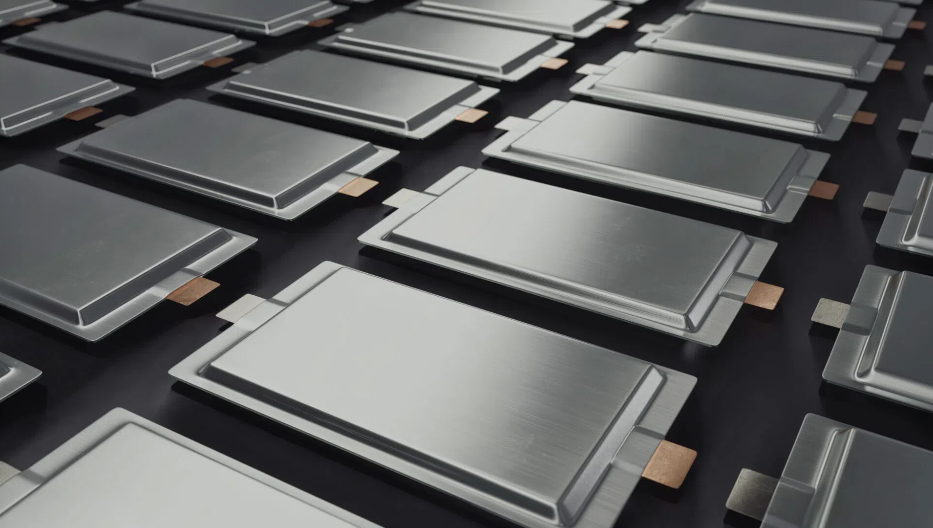
Next-Generation eVTOL Battery Technology
2024-08-22
Related products
-
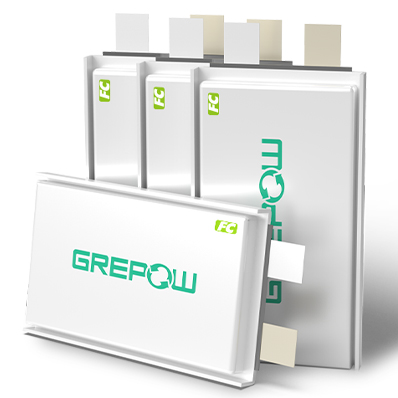
High-capacity Fast Charge Battery
-
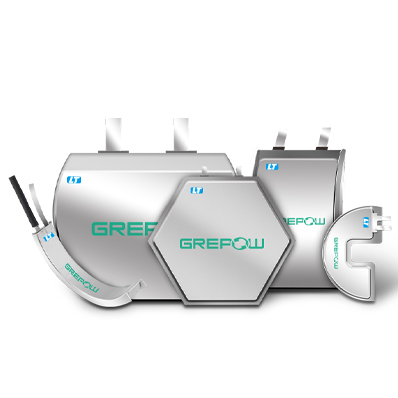
Low Temperature Shaped Battery
-
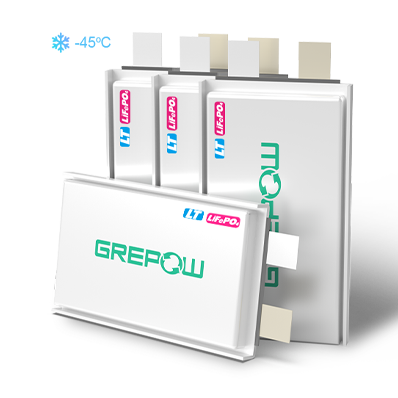
-40℃ Low Temperature LiFePO4 Battery
















































